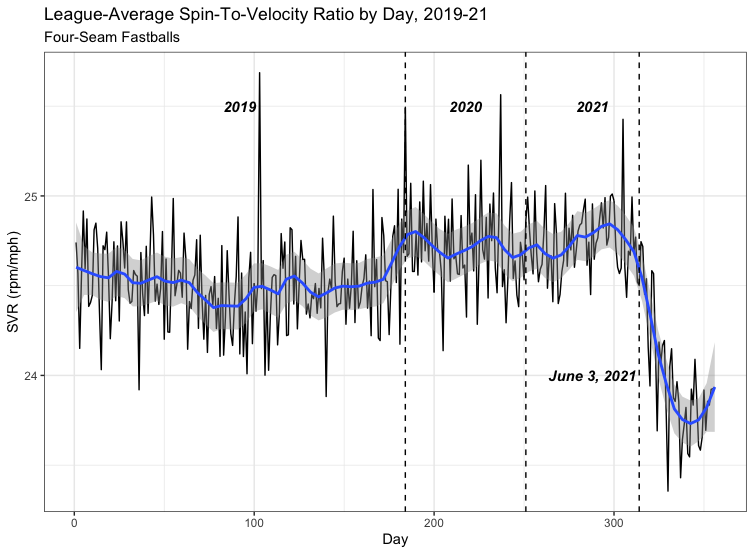The Shreds of Some Platoon Insights
I’ll warn you up front: this article is going to be a loose description of some research I’m working on, plus a copious amount of rambling. I’ve been looking for non-handedness platoon effects a lot recently. Partially, it’s because they’re fun to look at. It’s also because the Giants seem to be using some non-handedness platoons to good effect this year — they’re certainly doing more than just picking left or right based on the opposing pitcher.
I haven’t finished exploring this one yet. So why write an article about it? People like to read articles — but also, I get a lot of good ideas from reading the comments (this being perhaps the only site on the internet where that’s a reasonable sentence) and I could use some inspiration in terms of more things to do here. Without further ado, let’s talk inside/outside splits.
Listen to a game, and you can’t miss it. Announcers will tell you that some players are adept at taking an outside pitch and hitting it the other way, or turning on anything inside and giving fans some souvenirs. I split the plate into thirds, then used those thirds to define three zones: anything on the inside third or off the plate inside is “inside,” anything on the outside third or off the plate outside is “outside,” and the rest is the middle.
Here’s something right off the top: Bryce Harper has destroyed inside pitches this year. He’s seen 441 of them and produced 22 runs above average. That counts good takes as well as solid contact, but his batting line is spectacular, too — .367/.480/.735, good for a .497 wOBA. Give him something he can pull, and it’s all over but the crying.
If you can manage to stay on the outer third, you have a better shot. He’s seen 864 pitches out there (pitchers aren’t dummies) and produced 9.2 runs above average, a far lesser line. That’s still solid — he’s an MVP candidate — but it’s nowhere near the scorched-earth stuff he manages on inside pitches. Read the rest of this entry »


